Table of Contents
Secure vs Unsecure Debts
Credit or debt as you are already aware is an integral part of the society we live in. We have already discussed this at great length in some of our previous articles. In this article we shall look at debt in more detail, in fact, we shall be looking at the specific type of debt so that our readers can have a better idea about debt.
Types of debt
There are largely two broad categories of debt namely
- Secured debt
- Unsecured debt
Both of these debt types have their merits and demerits and although in most of the conditions it may not be up to the borrower to decide which type they choose because the lenders determine the type of debt that they have to offer based on the creditworthiness of the borrower. However, there may be certain situations where the borrowers will have the freedom to choose the type of debt they want to take on.
Secured Debt
Secured debt refers to any debt that is secured by collateral or security. In order to get secured debt borrowers to have to place any asset of roughly the same value as the loan in order to get the debt. The collateral asset serves as security for the lender in case the borrower fails to pay up the debt.
If the borrower repays the debt on time then at the end of the loan term, once the debt is fully paid, the collateralized asset ceases to be a collateral. Collaterals can be of different types. For instance, in case of mortgage loans, the property in question serves as security and the borrower can use the property, the same goes for auto loans but secured credit cards require a sum of money as collateral which is kept in an account which cannot be accessed by the borrower.
If the borrower is not able to repay the loan on time and defaults on payment, then the lender can initiate the legal procedures in order to take custody of the collateralized asset and sell it in order to recover the losses.
Lenders will not initiate legal proceedings if the borrower misses one or two payments. The first few missed repayments will be followed by reminders and late penalties. Borrowers will give every opportunity there is for the lender to repay the loan. If the lender refuses or is unable to simply pay back the loan then the lenders will have the right to initiate legal proceedings.
The process of foreclosure or administration will pass through various steps and culminate on the bank or the lender getting full custody of the collateralized asset. This is why secured loans can be a bit risky.
Pros and Cons of Secured Debt
- Easily Available: Secured debt is relatively easily available as compared to unsecured debt. It is easily available because the risk for the lender is reduced due to the collateral.
- Low Credit Score Requirement: Secured debt does not require a very high credit score. Therefore individuals with low credit scores can easily get access to secured debt. Secured debt loans and credit cards are usually available for individuals with no or bad credit. Secured debt can also be used to restructure or rebuild the credit score and debt profile.
- Risky: We have covered this above, the primary risk for a secured debt lies with the borrower. If the borrower fails to repay the debt on time, they may lose the collateral.
Examples of Secured Debt
- Mortgage loans: Mortgage loans are the most common type of secured debt. The collateral for mortgage loans is the property that is mortgaged.
- Auto loan: Car loans are also secured debt, the collateral being the vehicle for which the loan was taken out.
- Secured credit cards: Secured credit cards require a safety deposit against the card. The deposit may be equal to a certain percentage of the credit limit. Secured credit cards are usually aimed at individuals with no credit history or bad scores.
Unsecured Debt
Unsecured debt does not require any collateral or safety against the loan amount. This means that the counterparty risk for unsecured debts is quite high for the lender. In order to make up for this risk, the lenders usually charge a higher rate of interest from the borrowers.
Because there is no collateral, in the event of non-payment or default by the borrower, the lender has only one option of recovering payment, and that is through a lawsuit. This makes unsecured debt risky for both parties but slightly riskier for the lenders. This is why lenders prefer individuals with high and excellent credit scores when it comes to unsecured debt. For instance, unsecured credit cards are only available to individuals with high credit scores. A person without any credit history would first have to go for a secured credit card and once their credit score is good enough, the bank will offer to move them to an unsecured credit card.
There is however a more risky side for borrowers. For instance, if a borrower has been denied by banks and credit unions on account of very low or bad credit score, then the options become limited. Borrowers have to go for Payday and P2P loans. These are high interest carrying loans that do not require any collateral. These unsecured loan options are aimed at individuals with low or bad credit scores.
Pros and Cons of Unsecured Debt
- Higher Rates: Lenders compensate for the high counterparty risk by charging high-interest rates.
- Flexibility: Individuals who meet the eligibility requirements can get access to loans with flexible terms and conditions and features that would otherwise not be available.
- Counterparty risk: The lenders face counterparty risk, which is the risk that the borrower may not pay.
Examples of Unsecured debt
- Personal loans: Personal loans offered by banks to their customers are unsecured and carry flexible terms.
- Credit cards: Most credit cards are unsecured cards.
- Payday loans: Payday and P2P loans are also unsecured loans with very high rates.
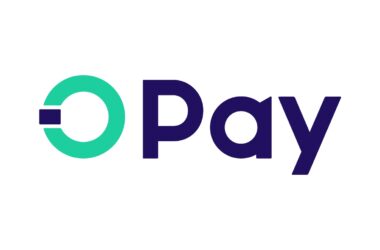


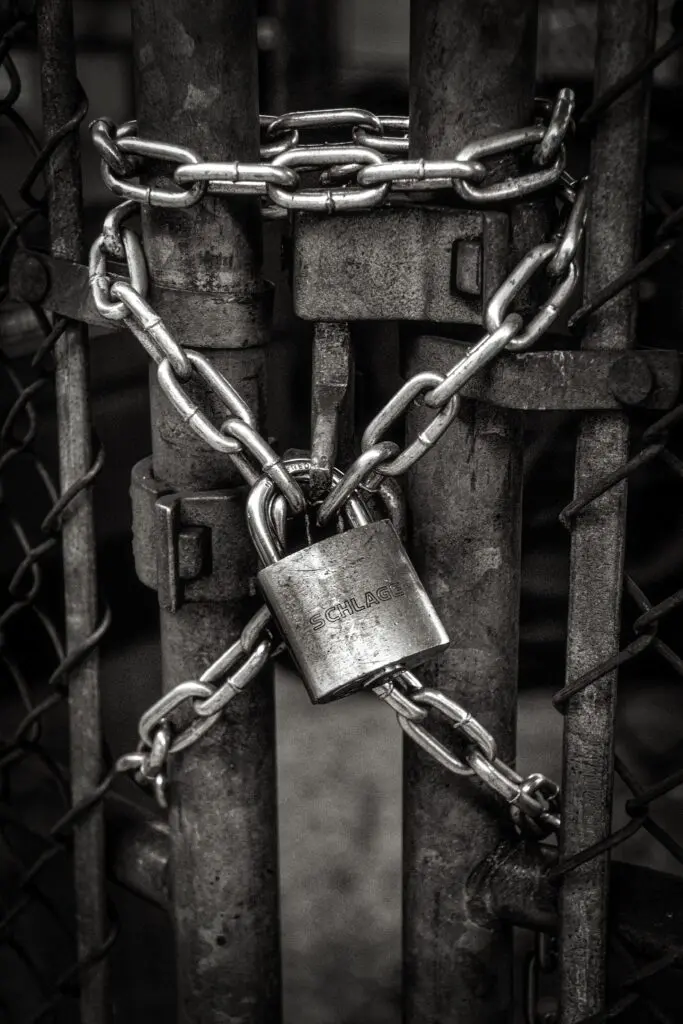

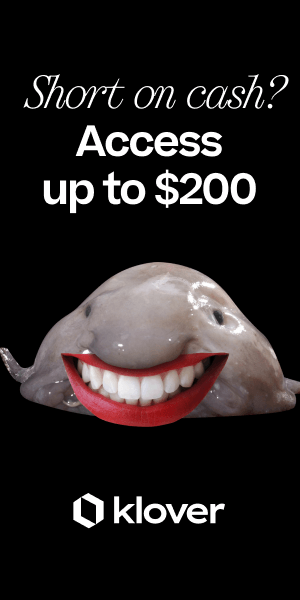
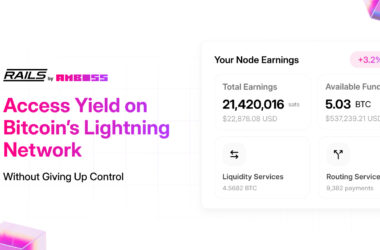
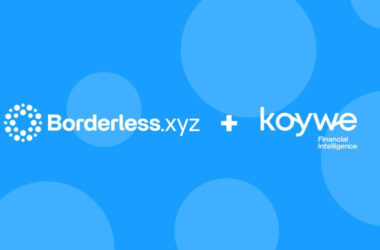

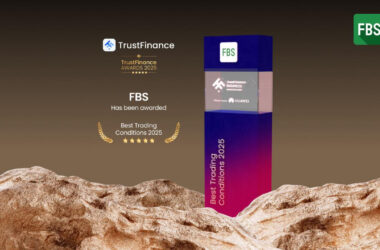

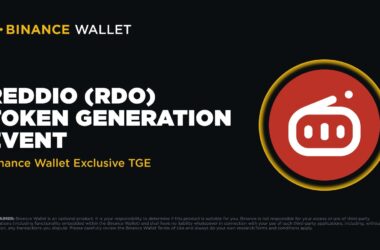
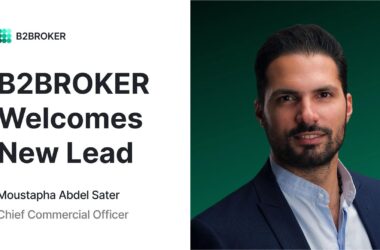
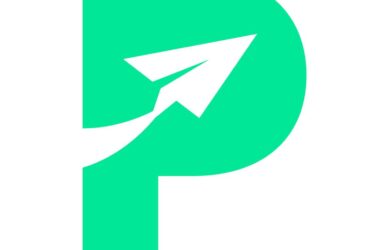

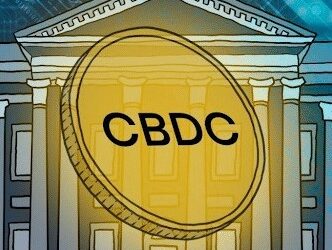
Recent Comments